Hangeureut (한그릇)
1.5 Km 104 2021-03-18
136, Samcheong-ro, Jongno-gu, Seoul
+82-2-720-5613
A store that also serves delicious meat noodles. The best menu at this restaurant is rice soup. This is a Korean cuisine located in Jongno, Seoul.
Onmaeul (온마을)
1.5 Km 20087 2021-03-22
127, Samcheong-ro, Jongno-gu, Seoul
+82-2-738-4231
A place that sells dishes made with beans, which are good for the health. This restaurant's signature menu is pureed soybean stew. This Korean dishes restaurant is located in Jongno-gu, Seoul.
Hojil (호질)
1.6 Km 165 2021-03-20
15, Jahamun-ro, 9-gil, Jongno-gu, Seoul
+82-2-764-6822
A good restaurant to visit before and after the tour, being located near Gyeongbokgung Palace, one of the tourist attractions. This restaurant's signature menu is spicy sea snail salad. This Korean dishes restaurant is located in Jongno-gu, Seoul.
Podam (포담)
1.6 Km 150 2021-03-22
11, Jahamun-ro, 9-gil, Jongno-gu, Seoul
+82-2-733-0831
A store featured in Korean gourmet programs. This Chinese (cuisine) restaurant is located in Jongno-gu, Seoul. The most famous menu is dim sum.
Daepyeong Galbi (대평갈비)
1.6 Km 73 2021-03-27
83, Pyeongchangmunhwa-ro, Jongno-gu, Seoul
+82-2-395-5288
With a large hall, it is a good place for group gatherings and group dinners. This Korean dishes restaurant is located in Jongno-gu, Seoul. The representative menu is grilled jumbo sized beef ribs/grilled jumbo sized spareribs.
Bungmakgol (북막골)
1.6 Km 6248 2021-03-24
124-6, Samcheong-ro, Jongno-gu, Seoul
+82-2-730-0980
This is where you can enjoy Bossam (Korean boiled pork with cabbage or lettuce wraps) with roasted garlic. This restaurant's signature menu is napa wraps with pork. This Korean dishes restaurant is located in Jongno-gu, Seoul.
Seoureseo Duljjaero Jalhaneunjip (The Second Best in Seoul) (서울서둘째로잘하는집)
1.6 Km 20742 2020-06-16
122-1, Samcheong-ro, Jongno-gu, Seoul
+82-2-734-5302
The delicious, sweet, red-bean soup called “Danpatjuk” in Korean and served at “The Second Best in Seoul” has been an all-time favorite since it opened in 1976. Not only the exterior, but the interior as well, is very simple and modest, similar to a teahouse in the '70s. This does not keep people from coming back because the unforgettable taste of the sweet red-bean soup makes them return again and again.
“The Second Best in Seoul” was originally opened as a teahouse for traditional Korean medicinal tea; sweet red-bean soup being one of the main specialties on their menu list. But, nowadays, sweet red-bean soup has become the most popular menu item. Sweet red-bean soup can be enjoyed as a light meal because it fills you up quickly. In addition, the chestnuts, gingko nuts, red beans, and glutinous rice cake that are in the thick red-bean soup provide good nutrition.
TIP: The name is very special, right? “The Second Best in Seoul” was named by their modest mind of making food with utmost sincerity.
Porte de Sukjeongmun (서울성곽 북악산 숙정문)
1.6 Km 5863 2020-06-19
San 25-22, Seongbuk-dong, Seongbuk-gu, Seoul-si
+82-2-747-2152
Parmi les quatre grandes portes (Sukjeongmun, Namdaemun, Dongdaemun et Seodaemun) construites par l’Empereur en 1396, Sukjeongmun est ce qu’on appelle la porte du Nord.
Située au Nord de Séoul, cette porte forme les ailes de la porte du Nord, avec le palais Gyeongbokgung au centre, et Changaemun (Jahamun) au centre. De crainte que cette zone doit endommagée par les piétons, l’Empereur y fit planter des pins et interdire le passage en 1413. Par conséquent, Sukjeongmun devint un agréable sentier de promenade jusqu’à son infiltration par des soldats de la Corée du Nord communiste en 1968. Suite à cet incident, la zone devint interdite aux civils.
La réouverture de Sukjeongmun en avril 2006 entraîna celle du mont Bukak en avril 2007. Elle est divisée en trois circuits. Le mont Bukak se trouve dans un excellent état de conservation grâce à cette longue période de restriction, et si vous grimpez au sommet de la montagne, vous serez récompensé par une superbe vue panoramique de Séoul.
Seochon Guest House [Korea Quality] / 서촌 게스트하우스 [한국관광 품질인증]
1.6 Km 5504 2023-04-07
28-3, Jahamun-ro 7-gil, Jongno-gu, Seoul
+82-010-3345-9680
Seochon Guest House is located in Seochon, which is becoming a hot place for tourists in Seoul, and precisely on the road to Suseong Valley, whichis filled with interesting stores and is also well-known for Park Nosoo Art Gallery and the House of Yun Dong-ju (poet). Seochon Guest House is nicknamed ‘Jaeminangol (interesting village)’ after Baekseok’s poem ‘Yeowunangol’, with the aim of providing a visit full of interesting experiences. Passing through a garden and entering the main building, the unique charm of this hanok building, the staircase to get to the first floor from daecheong (main floored room), catches the eye of the visitors. In addition, the building is decorated with various stylish objects including paintings and Korean musical instruments. The terrace situated on the first floor offers an open view of the surrounding area including roof tiles of hanok structures and alleyways in Seochon. It is said that Korean novelist Yoon Hu-myeong also appreciated the structure of the guesthouse, saying, “It is an interesting place.” Built in the 1930s, the house, which has many storage places, was taken by the owner couple in spring 2014 as they were attracted by the house during their trip to Seochon. After the repair work, the ground floor of the house was opened for guests from January 2016, hoping that guests could share their daily experiences and stories with each other. The guestrooms and the main floored room on the ground floor are open to guests, with the exception of the first floor, which is used by the owner couple. The living room is equipped with books, a curved TV, and a table. The tasty meal, which is served in the kitchen, consists of rice and soup with six side dishes and is much loved by guests. The guesthouse offers a total of four rooms – Jae Room, which is the most Korean-style room; Mi Room, which has a combined style of a Korean-style room and Western-style room; Nan Room, which is an ideal room for meditation with a beautiful paper window; and Ahn Room, which is equipped with a veranda and a pretty flowerbed. Every room has its separate charm with various comfortable bedding to provide a quiet and cozy bedroom for guests in the middle of the city. Furthermore, the guesthouse holds a pansori (epic chant) performance twice a year. The owner started learning how to sing pansori to promote the Korean culture and tradition to foreigners. When a pansori performance is held, the owner offers traditional Korean snacks and drinks including sikhye (sweet rice punch), sujeonggwa (cinnamon punch), traditional sweets and cookies, and tteok (rice cakes) to visitors, tourists, and performers. Moreover, it provides cultural programs such as a Gukak (Korean classical music) experience, Korean traditional clothes experience, and making Korean food experience, as well as other activities with guests, such as trip to the city wall between Inwangsan Mountain and Bugaksan Mountain, and the Royal Palace Tour to Gyeongbokgung Palace, etc., as well as a trip to a traditional market.
Samcheonggak (삼청각)
1.6 Km 3845 2021-08-07
3, Daesagwan-ro, Seongbuk-gu, Seoul-si
+82-2-765-3700
Le pavillon Samcheong, fut établi en 1972, c’était un lieu pour les dîners et importantes négotiations gouvernementales dans les années 70-80. En 1990, le pavillon changea de nom et devint un restaurant jusqu’à ce que la direction en change en décembre 1999.
C’est en 2000, que le site et ses bâtiments furent désignés lieu de culture. Samcheonggak est dorénavant ouvert au grand public. En Octobre 2001, Samcheonggak s’ouvrit également comme centre de représentations traditionnelles. Actuellement les 6 maisons traditionnelles ou « hanok » qui composent le site de Samcheong-gak sont gérées par le centre culturel Sejong. Parmi les 6 bâtiments on compte une salle de spectacle, un restaurant, une maison de thé et un salle de reception pour les invités.
Le Pavillon Samcheong est l’un des endroits les plus connus de Séoul où l’on peut voir des spectacles traditionnels et dîner.
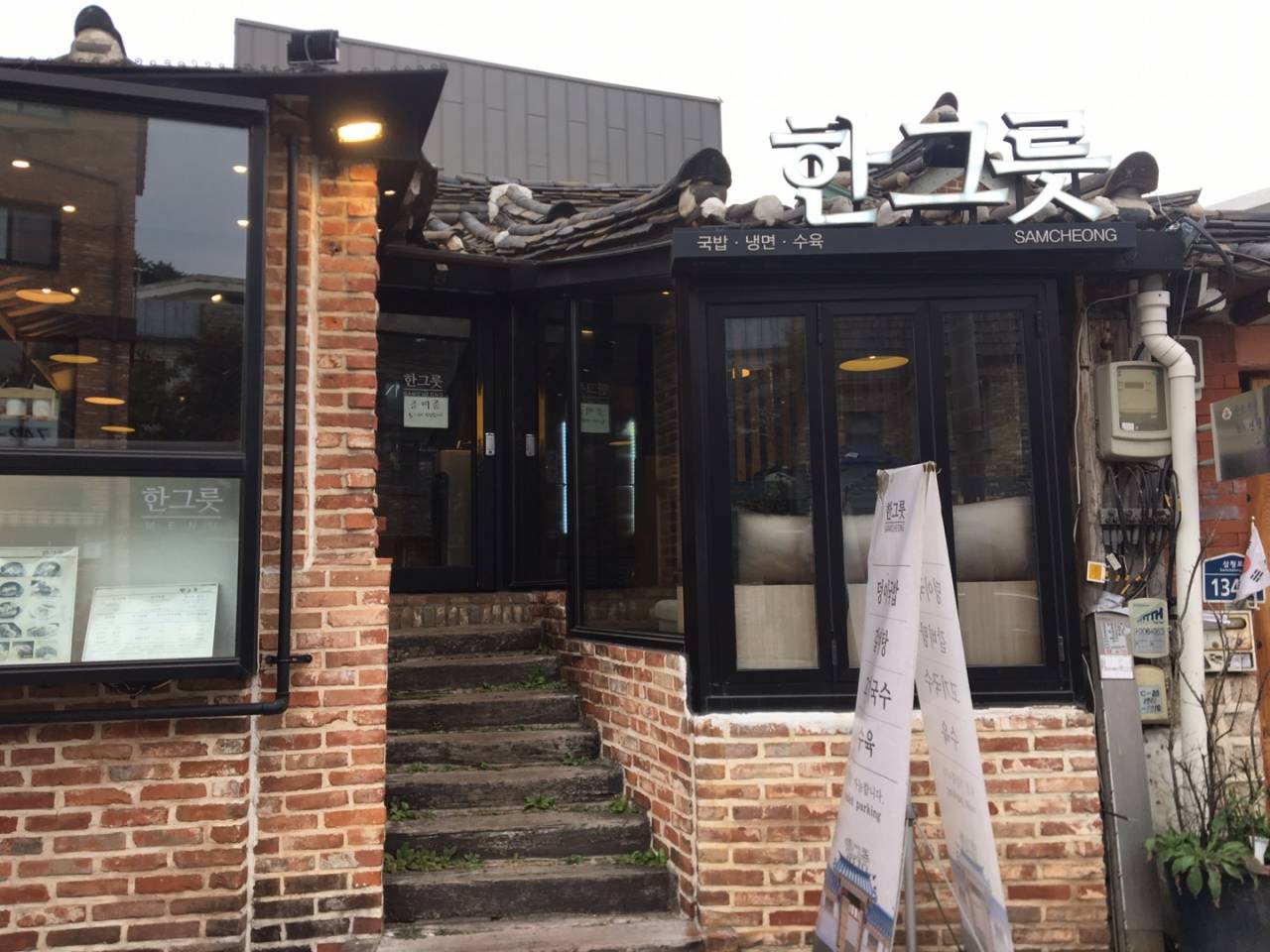
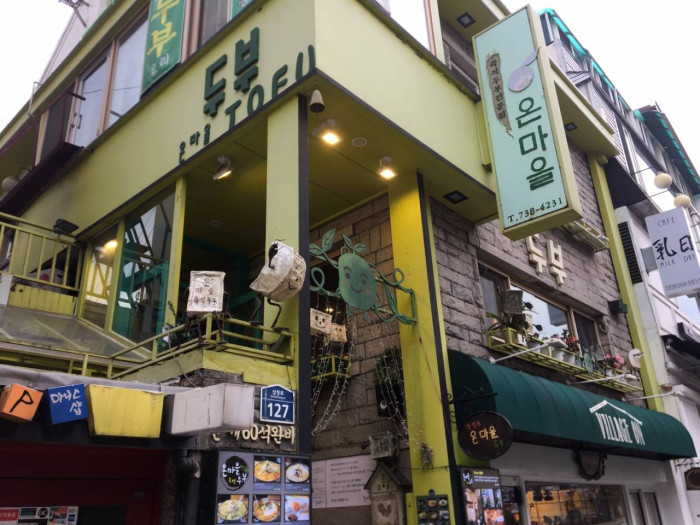
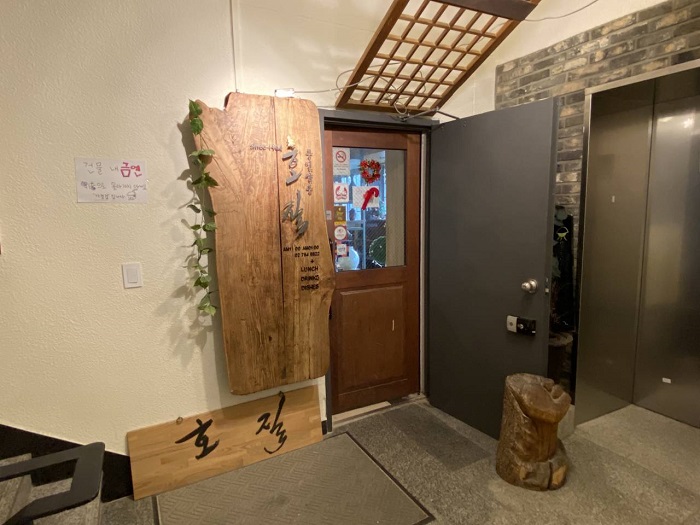
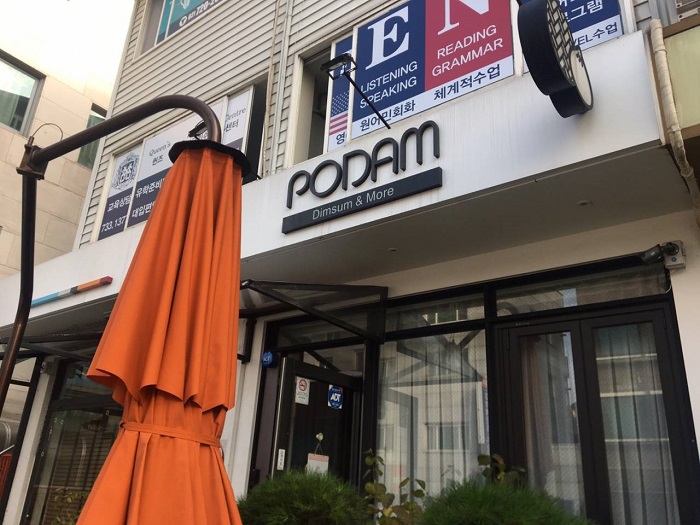
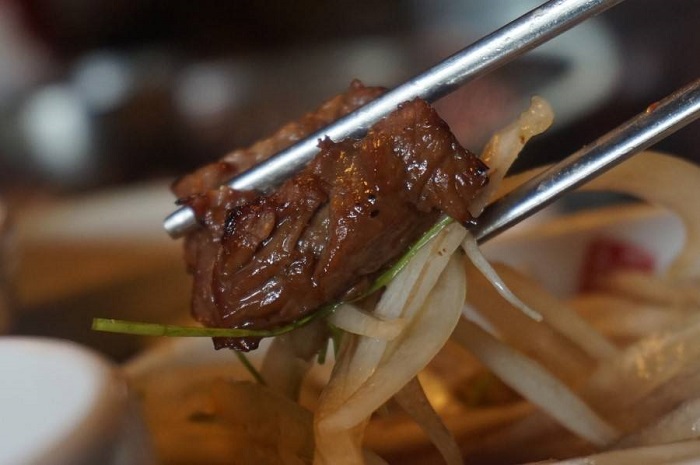
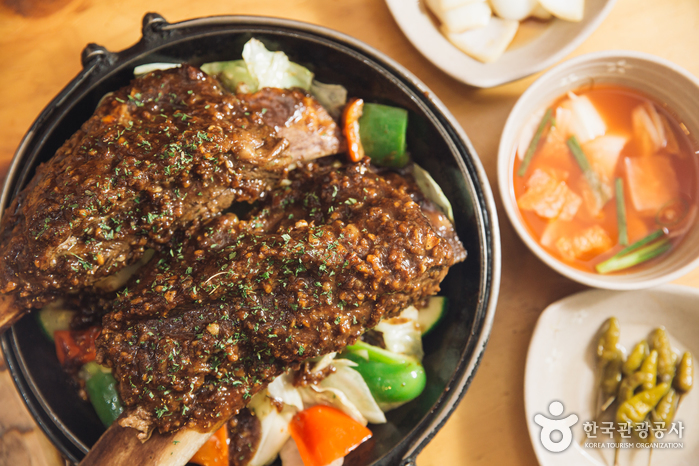
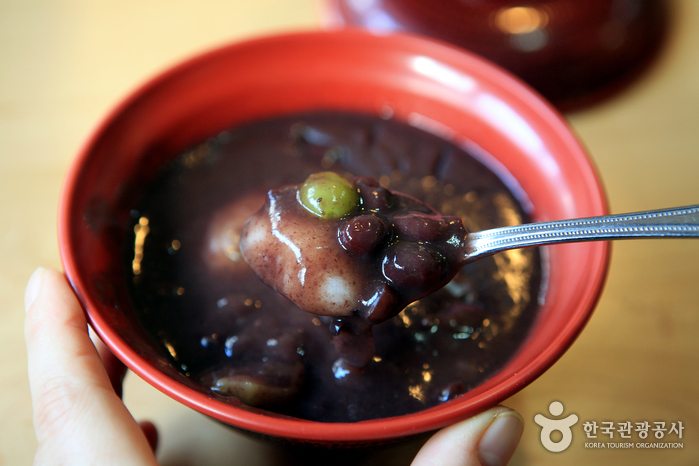
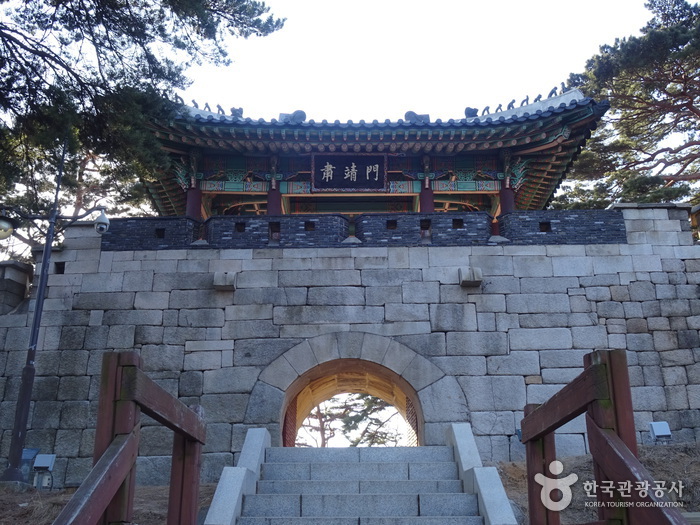
![Seochon Guest House [Korea Quality] / 서촌 게스트하우스 [한국관광 품질인증]](http://tong.visitkorea.or.kr/cms/resource/41/2447241_image2_1.jpg)
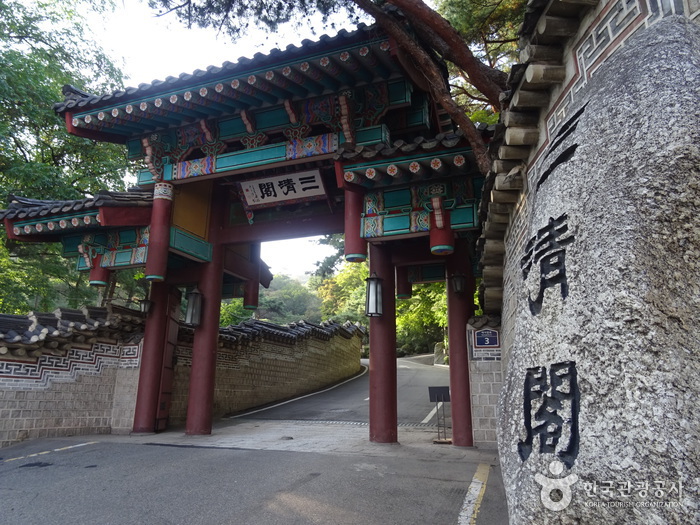
 Français
Français
 한국어
한국어 English
English 日本語
日本語 中文(简体)
中文(简体) Deutsch
Deutsch Español
Español Русский
Русский